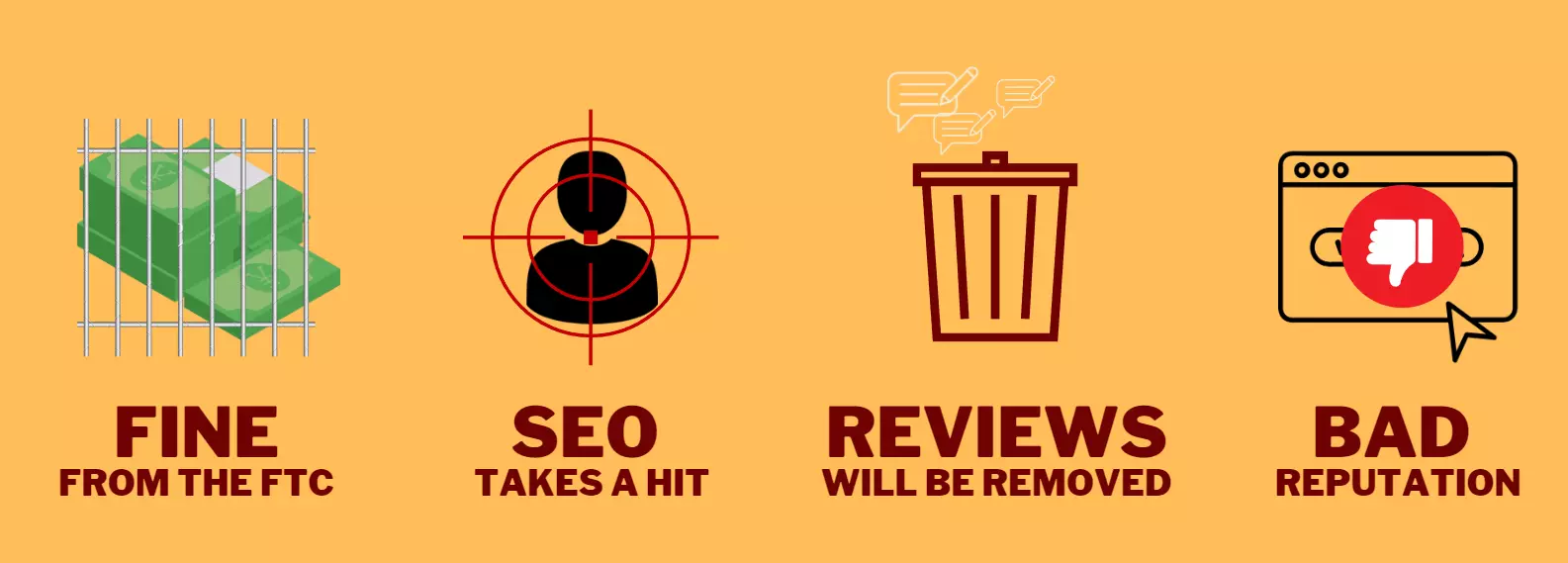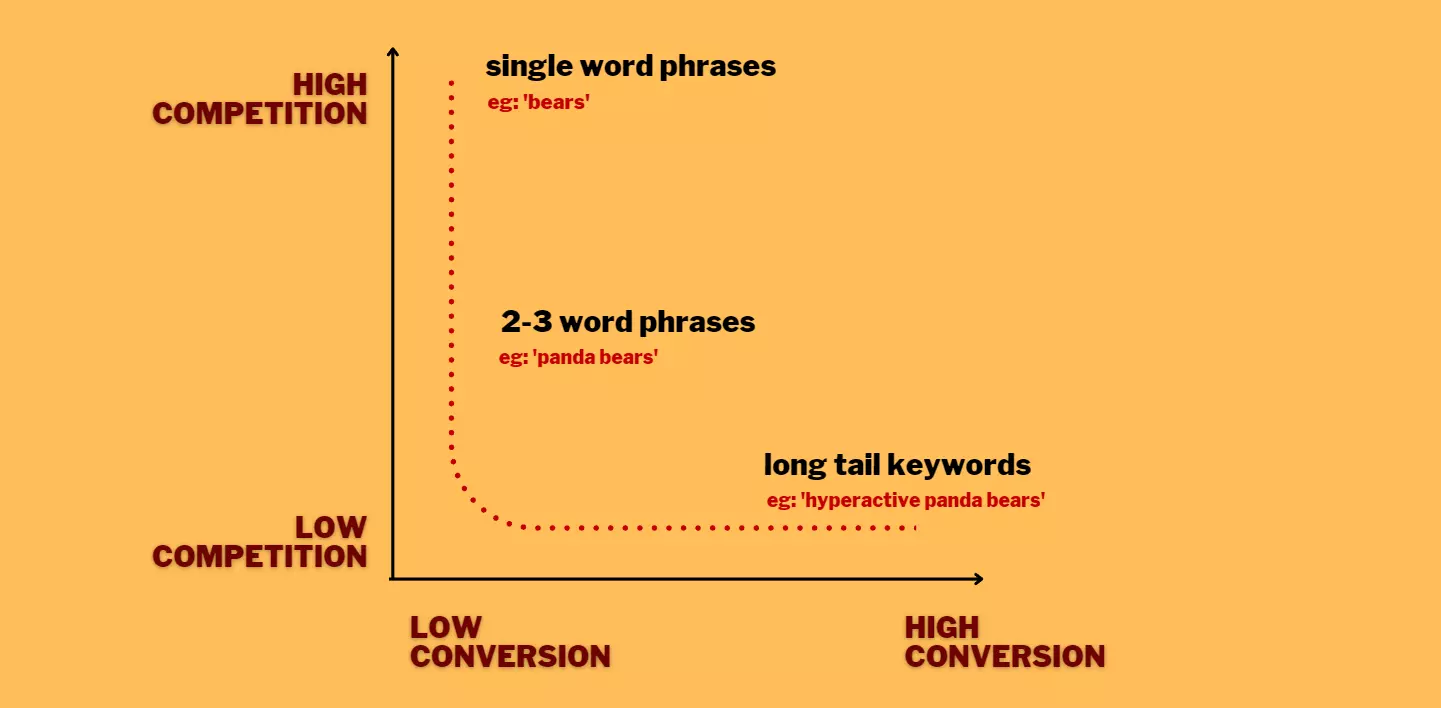Grey Hat SEO: How To Avoid Crossing The Line In The Search For Marketing Results
January 17, 2023 8 min read

What is Gray Hat SEO?
Grey-Hat SEO is best explained in the context of White-Hat SEO and Black-Hat SEO. So let us first define the two extremes.
White Hate SEO is your regular by-the-book SEO. You are optimizing your website while strictly following the rules and guidelines. It is ethical and unproblematic. Good guy stuff.
Black Hat SEO, on the other hand, includes sneaky, unethical tactics to increase search rankings. These tactics usually violate the guidelines. They work… up until you get caught. If you get caught, WHEN you get caught, the consequences are horrible. And recovery is extremely difficult, if at all possible.
Grey Hat SEO is more complicated and undefined. It is a mixture of White Hat techniques and Black Hat techniques. These tactics are often transitory- they may work right now but will soon be classified as Black Hat. They have not yet been clearly defined by Google’s Webmaster Guidelines as legal or illegal.
Grey Hat SEO is like Batman. He isn’t your typical hero. He is far from the definition of good. But he isn’t bad. Yet. He exists in this liminal space between hero and villain.
Why is Gray Hat SEO Still Practiced?
In the most cut-and-dry terms – Grey Hat SEO is used when you are impatient and want results without putting in the work of creating good content. It is looking for shortcuts. There is a right way of doing things, and there is an easy way of doing things. The easy way isn’t wrong. It just doesn’t work for very long.
In the short term, Grey Hat techniques will show tangible results that create the illusion that your website is growing as a business. The sharp spikes in your traffic graph act as temporary relief to the frustration of an organic slow-growing graph.
Does Gray Hat SEO work?
Grey Hat SEO tactics will help you slip through the cracks of the algorithm. But only for so long. It works. Until it doesn’t. Finding creative ways to optimize for growth is never a bad thing, but doing it at the cost of great content that engages your readers will result in you winning a battle but losing the war.
Google’s algorithms are getting smarter by the minute. It is constantly learning from past data. This means what may have worked once definitely won’t work for very long.
The Dangers of Grey Hat SEO: Understanding the Risks
Grey Hat SEO is risky. It seems enticing because you might get a few big wins in the short run, but if you are building a long-term business, gray hat tactics aren’t the way to go.
You have to evaluate the tradeoff between these short-term boosts in traffic Gray Hat SEO tactics can generate and your long-term reputation as a website. Is getting flagged worth the one-time spikes in traffic a Gray Hat tactic will generate?
It is extremely difficult to recover your ranking on the SERPs once Google flags your content for misconduct. The risk of that alone should steer you away from it.
There is nothing worse than losing credibility. Building back trust is nearly impossible. Both with your audience and with the algorithm.
5 Gray Hat SEO Tactics and Their Work Arounds
1. Buying Backlinks
Backlinks (aka inbound links/incoming links) are links on external websites that direct traffic to your website. They act as a good proxy for the credibility of your content. Which is why your backlinks benefit from being high quality.
The basic principle is if websites are linking to your content, it must mean that your content is useful and providing value.
More Backlinks = Higher Search Engine Ranking = More Visibility = More Traffic
If more backlinks mean more traffic, you’d think buying backlinks would work as a quick path to growing your website. But you’d be wrong. In fact, buying backlinks may even be to your detriment. Let me explain.
Google’s ranking algorithm evaluates you on more than just the number of backlinks to your website. It also checks for the quality of the websites hosting these links,
Most importantly, purchasing links goes against Google Webmaster’s Guidelines, and you will be penalized and flagged if detected.
Instead of buying backlinks, you should:
- Create high-quality content that’s unique, high authority, long-form, and conversational) or invest in B2B tech content services.
- Guest post on other blogs and let contributors guest post on your blog.
- Keep track of mentions of your website and eliminate spammy, low-quality backlinks.
- Identify and remove broken links.
- Link to other high-authority websites from your website.
- Create helpful resource lists.
- Add social media sharing widgets.
Rising tides raise all boats. One good quality backlink can bring in traffic that helps your entire website. You don’t need high-quantity, low-quality. You just need high quality.
2. Using Expired Domains
When domains are abandoned and no longer in use, they are made available for re-purchase. The gray-hat idea is if you acquire a high-authority domain, you can piggyback off its credibility and backlinks to grow your own website. You would redirect traffic from the repurchased domain to your own website using a 301 redirect.
The problem is that the expired domain you bought doesn’t make your site more useful more relevant, or help your site solve the reader’s problems. So Google isn’t going to reward it with better visibility.
Google’s algorithm has gotten impressively competent at sniffing this tactic out. It compares what the site used to be to what it is redirecting to. If the old domain does not represent the same entity once repurchased, Google does not allow value transfer.
This is such a hit-or-miss technique, and it isn’t worth investing time or money into. There is no guarantee it will work. You can only evade the algorithm for so long. In the meantime, you can still ensure proper technical SEO by resolving 403 status code issues, removing any broken links, using tools to check your website technical health, and more.
Instead, just focus on building high-authority backlinks on your own website. You can never say it enough – there is NO substitute for good content. Build your audience organically by providing value.
3. Negative SEO
Negative competitor SEO would include all kinds of sneaky takedowns of competitors. This could include posting false negative reviews of competitors, creating spam backlinks to competitor sites, etc. Basically, doing everything you possibly can to pull a competitor down instead of building your website up.
The internet isn’t zero-sum. There is opportunity for everybody. You do not need to spend productive resources on taking down competitors. It might work momentarily and in the short run, but it isn’t sustainable, and there are better uses of your resources.
Instead, invest in doing a competitive analysis of your competitors and develop a strategy to strengthen your brand. Provide valuable services that your competitors do not, or improve upon features and stand out from the competition.
4. Paying For Reviews
Paying for reviews strictly goes against Google’s policies and is illegal as per the laws of the Federal Trade Commission (FTC).
If you do offer incentives for posting a review, the incentives must be publicly disclosed. Google will take down biased or fake reviews and lower your rankings on SERPs as a penalty.
You can always do the following to boost your review profile:
- Make leaving a review as easy as possible.
- Engage with all reviews, good or bad.
- Get verified as a business and build a business profile.
Google has published exactly how its review policies work. Check it out.
5. Keyword Stuffing
Using search-optimized keywords will increase the probability of your content showing up on search pages. Back when Google wasn’t nearly as smart as it is today, you could rank high on the SERPs by repeatedly stuffing your content with particular keywords.
This doesn’t work anymore. Google’s crawler algorithms have gotten smarter. They can detect keyword stuffing in visible content as well as invisible-to-the-user content, like alt texts and comment tags and code. White-on-white background text won’t work either. If detected, Google will categorize your content as spam.
More obviously, content full of highly repetitive keywords kills the user experience. It sounds robotic, and it’s unreadable. Focusing on ranking rather than readers is always going to backfire.
Keyword stuffing will result in penalties, a loss of users and will ultimately damage your brand.
An alternative is:
- Using more niche-specific “long-tail keywords.” These are phrases that are highly relevant and specific to the content you are providing.
This will result in you beating the competition in a specific niche and generating high conversions. An approach that’s worth taking if you’re still new to writing blog posts and want to grow rapidly.
- Writing long-form persuasive content and including FAQ-type subtopics that would typically appear in the “people also ask” section on search pages.
A great example of this can be found in the Amerisleep blog, which uses the FAQ section to provide detailed information that utilizes long tail keywords which are highly relevant to search intent.
You’re only hurting yourself by getting on Google’s bad side. Optimizing your content for increased reach is never a bad thing, but doing it the right way and for the right reasons is the real way to win. You don’t need spikes in traffic that leave as quickly as they arrive. You need your audience to stay. Your readers are going to stay loyal to your content when your content is trustworthy, reliable, and readable, so focus on that.














